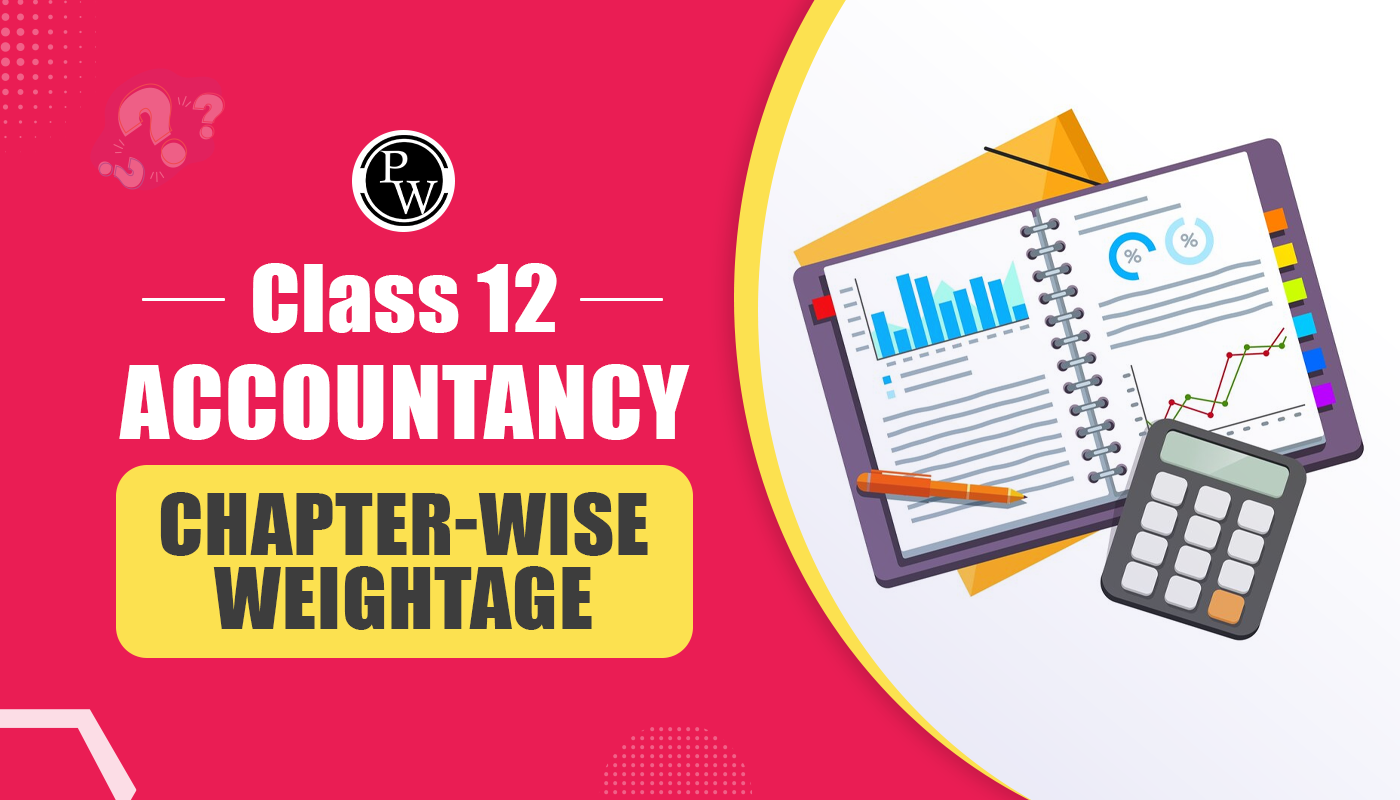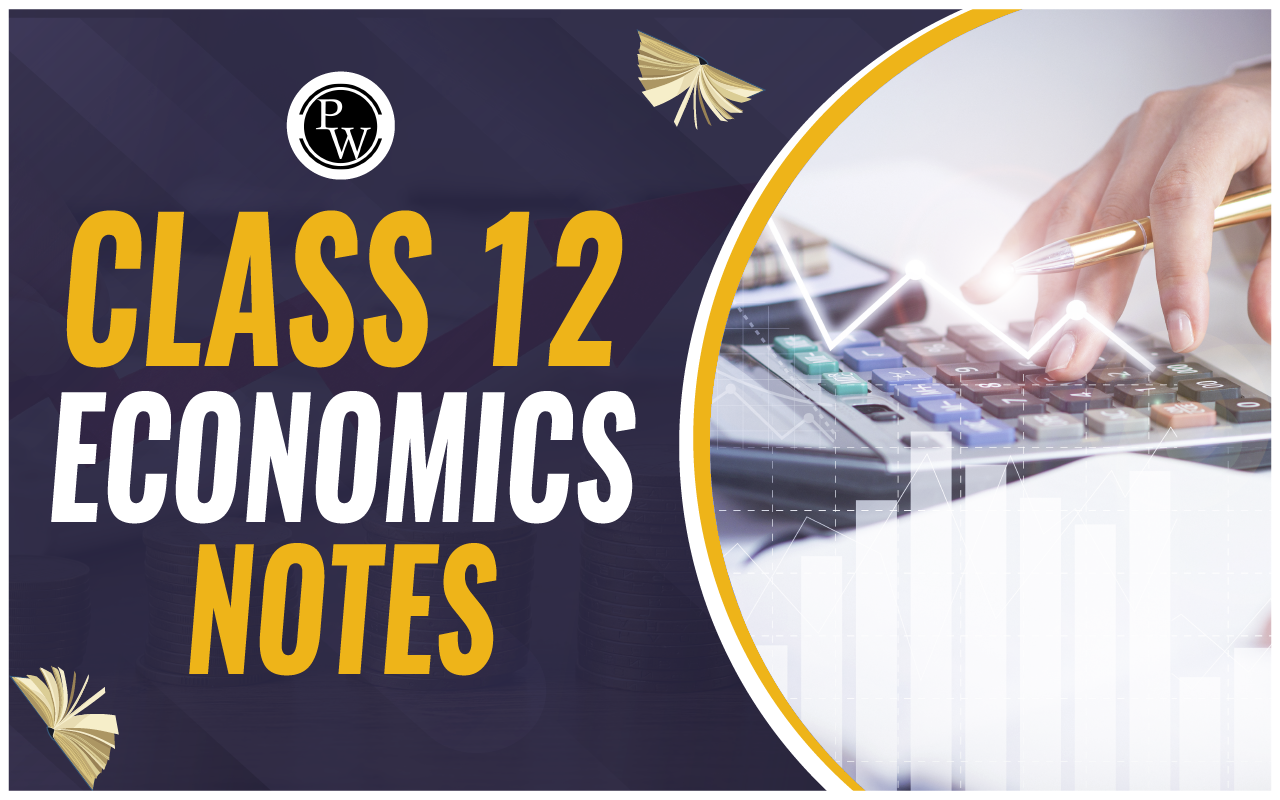
Tabular representation of data is intended for showing big data in an engaging, easily understandable, and well-organized format. Information is organized in rows and columns, making data tables a widely liked method for sharing information due to their ease of creation and understanding.
The main advantage of tabular data representation is its ability to simplify data for further statistical analysis and decision-making. The goal is to give maximum information within the minimum area without losing the accuracy and usefulness of the data.Objectives of Tabular Representation of Data
The main objectives of a tabular representation of data are centered on simplifying a large volume of numerical information into a more digestible format. The key objectives include: Simplification of Complex Data: Tabulation's primary purpose is to systematically present classified data in a simple manner, condensing extensive information into a meaningful and uncomplicated form. Space Conservation: Tabulation aims to utilize space by condensing data in a meaningful manner while upholding both the quality and quantity of the information. Comparison: Another aim is to enable swift comparison of diverse observations by presenting the data in a tabular format. Statistical Analysis: Tabulation serves as a bridge between data classification and presentation, with a focus on facilitating statistical analysis. This includes the easy calculation of various statistical measures such as averages, dispersion, correlation, and others from systematically tabulated data. Providing Reference: Organizing data in tables with titles and table numbers aids in easy identification and utilization. Thus, tabulation aims to establish a reference for future studies.Different Classification in Tabular Representation of Data
The tabular representation of data involves four types of analysis: Quantitative, Qualitative, Temporal, and Spatial. Quantitative Classification: This analysis involves categorizing and distributing data based on quantitative features, which are values that can be calculated or expressed in numerical terms. Qualitative Classification: Data is classified and distributed according to non-numeric traits such as physical status, nationality, social status, etc., in qualitative classification. Temporal Classification: In this classification, variables of data are categorized and distributed based on time, which could include years, months, days, hours, etc. Spatial Classification: Data is categorized and distributed based on location in spatial classification, with locations ranging from country and state to district, block, village/town, etc.Major Components of a Table
The components used in presenting tabular data include: Table Number: Incorporated for easy identification and reference, the table number distinguishes the table. Title: Positioned beside the table number, the title conveys the nature of the information encapsulated in the table. Stub: Positioned on the left side in tabular format, the stub lists specific issues presented in horizontal rows. Caption: Placed at the top of columns within the table, the caption provides units for the figures noted down in each column. Body: Central to the table, the body is the most crucial part and consists of numerical contents. Footnote: Offering the opportunity for additional explanations, the footnote clarifies any item within the table that may require further elaboration. Information Source: Located at the bottom of the table, the information source attributes specific information to its source, contributing to the data's credibility.Looking for the Best Commerce Coaching?
Enroll Now in PW Commerce Batches!
Characteristics of a Well-Constructed Table
A quality table should exhibit the following attributes: Title: Positioned at the table's top, the title should be captivating and visually appealing. Manageable Size: The table's dimensions should align with its objectives and the nature of the data, striking a balance between not being excessively large or too small. Attractiveness: The table's visual presentation should be engaging, making it easy for readers to comprehend without strain. Alignment with Objective: The table ought to mirror the goal of the statistical investigation. Simplicity: To enhance understanding, the table should maintain simplicity and compactness. Data Comparison: Similar data should be grouped closely within columns for effective comparison. Clarity: The table should be designed to allow even a layperson to draw conclusions, containing all necessary information and being self-explanatory. Units: Unit designations, such as Height in cm, Weight in kg, Price in ₹, should be positioned at the top, below the title. Different units for various items should be clearly specified in respective rows and columns.Advantages of Tabular Data Presentation
- Tabular presentation stands out as one of the most straightforward methods for presenting data, ensuring that information is easily comprehensible
- Through the categorization of data into different classes, tabulation facilitates straightforward comparison of information.
- Analyzing data becomes a straightforward task when presented in tables. The organization of data into a table allows for the determination of central tendency, dispersion, and correlation.
- Tabulation effectively highlights key characteristics of the data, aiding in the retention of statistical facts.
- Tabular presentation serves as a cost-effective means of conveying data, saving both time and space.
- The data presented in tabular form can be utilized for subsequent studies and research, serving as a valuable reference source.
Limitations of Tabular Data Presentation
- Tabular presentation tends to aggregate data, lacking distinct emphasis on individual items.
- Tables only convey numerical figures, lacking the capacity to include detailed attributes or qualitative aspects of the data.
- Decoding the intricacies in tabular figures necessitates expertise, making interpretation and analysis a task suited for individuals with specialized knowledge.
Tabular Representation of Data FAQs
How do you make tabular data?
You can create a table using spreadsheet software like Microsoft Excel or Google Sheets.
What is tabular structure?
Tabular structure refers to organizing data in a table format with rows and columns, allowing for systematic representation and analysis.
Why is tabular data important?
Tabular data is important for its simplicity, facilitating easy understanding, comparison, and analysis of information in a concise and organized manner.
What are the uses of tabular presentation?
Tabular presentation is used to convey data succinctly, enabling straightforward comparison, analysis, and acting as a cost-effective reference for various studies.
What are the types of data in tabular form?
Data in tabular form can be quantitative, qualitative, temporal (time-based), or spatial (location-based).
Talk to a counsellorHave doubts? Our support team will be happy to assist you!

Free Learning Resources
PW Books
Notes (Class 10-12)
PW Study Materials
Notes (Class 6-9)
Ncert Solutions
Govt Exams
Class 6th to 12th Online Courses
Govt Job Exams Courses
UPSC Coaching
Defence Exam Coaching
Gate Exam Coaching
Other Exams
Know about Physics Wallah
Physics Wallah is an Indian edtech platform that provides accessible & comprehensive learning experiences to students from Class 6th to postgraduate level. We also provide extensive NCERT solutions, sample paper, NEET, JEE Mains, BITSAT previous year papers & more such resources to students. Physics Wallah also caters to over 3.5 million registered students and over 78 lakh+ Youtube subscribers with 4.8 rating on its app.
We Stand Out because
We provide students with intensive courses with India’s qualified & experienced faculties & mentors. PW strives to make the learning experience comprehensive and accessible for students of all sections of society. We believe in empowering every single student who couldn't dream of a good career in engineering and medical field earlier.
Our Key Focus Areas
Physics Wallah's main focus is to make the learning experience as economical as possible for all students. With our affordable courses like Lakshya, Udaan and Arjuna and many others, we have been able to provide a platform for lakhs of aspirants. From providing Chemistry, Maths, Physics formula to giving e-books of eminent authors like RD Sharma, RS Aggarwal and Lakhmir Singh, PW focuses on every single student's need for preparation.
What Makes Us Different
Physics Wallah strives to develop a comprehensive pedagogical structure for students, where they get a state-of-the-art learning experience with study material and resources. Apart from catering students preparing for JEE Mains and NEET, PW also provides study material for each state board like Uttar Pradesh, Bihar, and others
Copyright © 2025 Physicswallah Limited All rights reserved.
Get App









